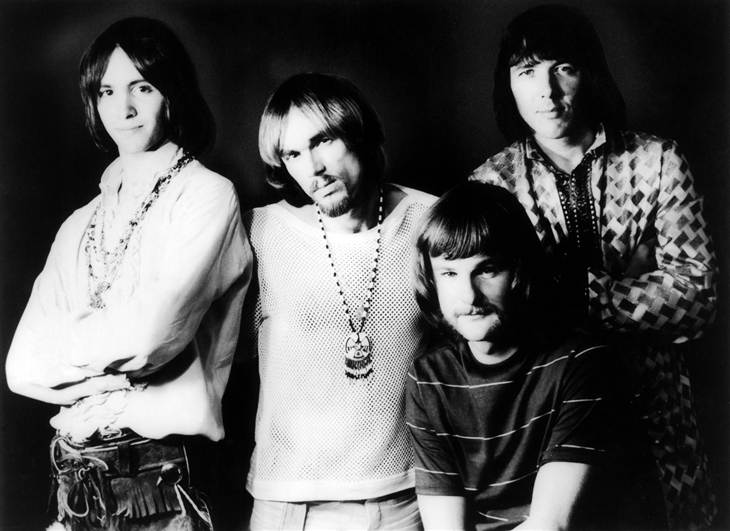Introduction
"In-A-Gadda-Da-Vida" by Iron Butterfly is a quintessential track from the late 1960s, embodying the era's psychedelic rock movement. Released in 1968, this song has become a defining piece of the psychedelic rock genre, known for its extended playtime and innovative use of instrumentation.
Cultural Context
Emerging during a time of significant musical experimentation, "In-A-Gadda-Da-Vida" captured the spirit of the 1960s, a decade marked by the British Invasion, the rise of psychedelia, and a shift from mono to stereo sound. The track's release coincided with a cultural landscape that embraced longer, more experimental compositions, breaking away from the traditional three-minute pop song format.
Production & Sound
This song is famous for its groundbreaking 17-minute length, featuring extensive instrumental solos and a prominent organ riff that defines its sound. The arrangement includes a notable drum solo by Ron Bushy, which became a hallmark of the track. The production utilized the latest studio techniques of the time, creating a rich, immersive sound that was revolutionary for its era.
Notable Live Performance
One of the most memorable performances of "In-A-Gadda-Da-Vida" occurred at the Fillmore East in New York City, where Iron Butterfly captivated audiences with their live rendition of the track. This performance helped cement the song's reputation as a live staple of the psychedelic era.
Modern Legacy
Despite being over five decades old, "In-A-Gadda-Da-Vida" remains relevant today, often featured in films and television as a symbol of the 1960s counterculture. Its influence can be seen in the work of many modern rock and psychedelic bands, ensuring its place in the pantheon of classic rock tracks.


Comments (0)